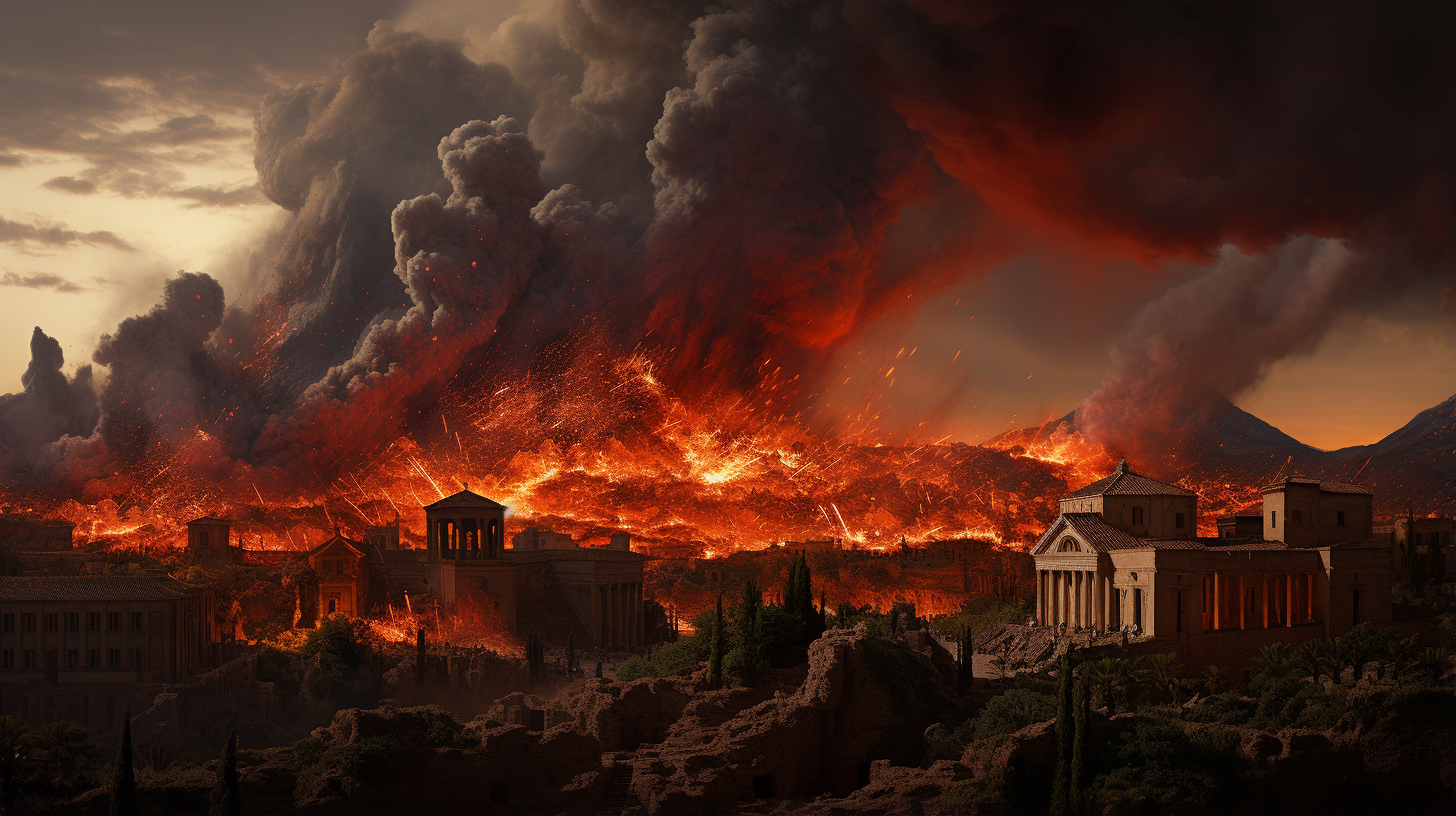Imagine yourself in Pompeii, Italy around 79 AD. A peaceful day in late summer suddenly turns chaotic when Mount Vesuvius erupts violently, engulfing the ancient Roman city in chaos.
In an instant, Pompeii and its residents are buried under a layer of scorching gas and lava, turning a vibrant urban hub into a poignant time capsule.
Almost two thousand years later, the remnants of Pompeii continue to fascinate archaeologists and tourists alike. These excavations provide a peek into the daily lives of a past era. However, amidst the ruins covered in ash, a remarkable discovery shines as the highlight – the Villa dei Papiri.
In 1750, laborers digging a well accidentally discover the Villa dei Papiri, a lavish Roman estate near Pompeii. It wasn’t just the villa’s magnificent marble and bronze sculptures that caught their attention; it was the unveiling of a hidden library containing over 1,800 papyrus scrolls.
These scrolls offer a rare glimpse into the thoughts and writings of individuals from a time when togas were fashionable and chariot races were popular entertainment.
Initially mistaken for logs or branches due to their rolled-up and charred condition, these artifacts were later identified as ancient papyrus documents.

The library of Villa dei Papiri remains as a rare relic from ancient times, containing scrolls dating back from the 3rd century BC to the 1st century AD. Within these writings are philosophical works, fragments of poetry, literary analyses, and historical insights. Some scrolls, however, remain tightly wound and charred, awaiting meticulous examination.
Years of delicate preservation have kept many scrolls out of reach, but there is a ray of hope through modern innovation. Researchers at the University of Kentucky have developed a groundbreaking technique called “virtual unwrapping.”
This state-of-the-art method utilizes advanced X-ray technology to scan the scrolls without causing damage.
The process involves capturing a comprehensive view of the object as it rotates within the X-ray beam’s path. Subsequent image processing enables the reconstruction of the scrolls, creating a 3D model for analyzing the content.
Thus far, the team has successfully scanned two intact scrolls and numerous fragments, with plans for further exploration in the future.
The possible revelations concealed within these 2,000-year-old scrolls are enticing. One intriguing hypothesis suggests they might contain copies of letters attributed to the apostle Paul, a significant figure in early Christianity.
Considering the era of the Villa dei Papiri’s burial, the existence of these correspondences among its treasures seems plausible.
Discovering such ancient Christian writings would be revolutionary, offering insights into the foundational days of the faith. It emphasizes how technology can elucidate historical mysteries, providing a forensic view into the past that continually leaves us amazed.
Check out the Video:
By delving into Pompeii’s volcanic archaeological archives, we contemplate the hidden treasures that may be concealed beneath layers of history, awaiting discovery through the patient work of archaeologists and modern scientific tools. The story of Pompeii goes beyond tragedy; it speaks to humanity’s enduring pursuit to unearth the past and comprehend our origins.
